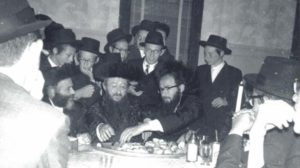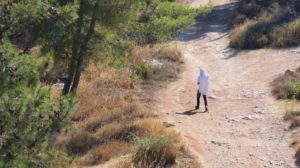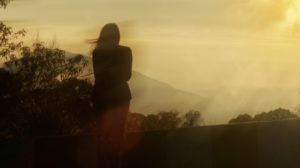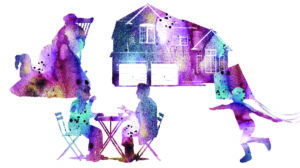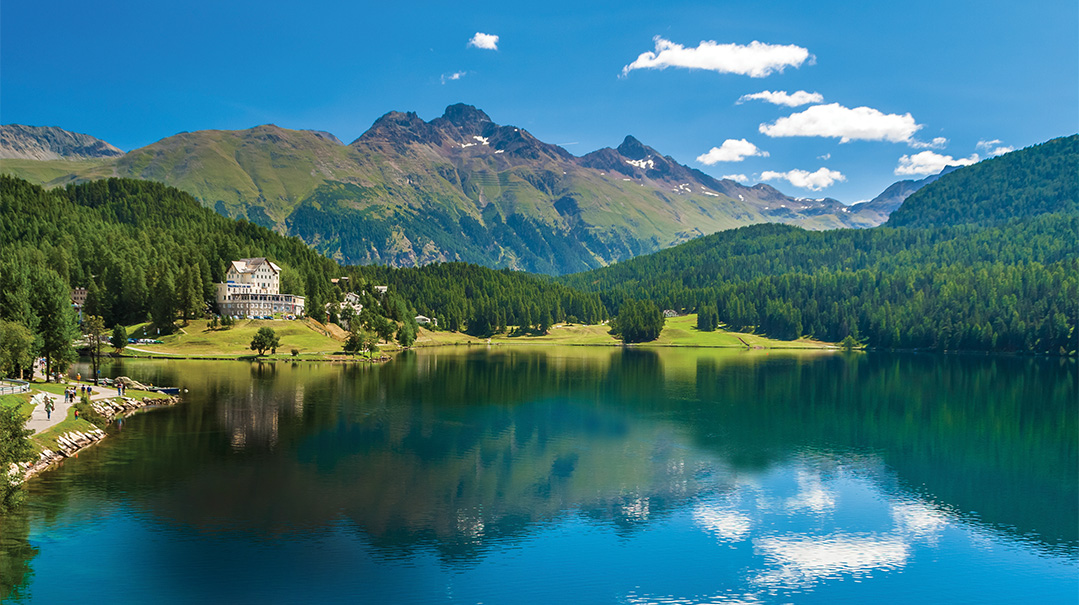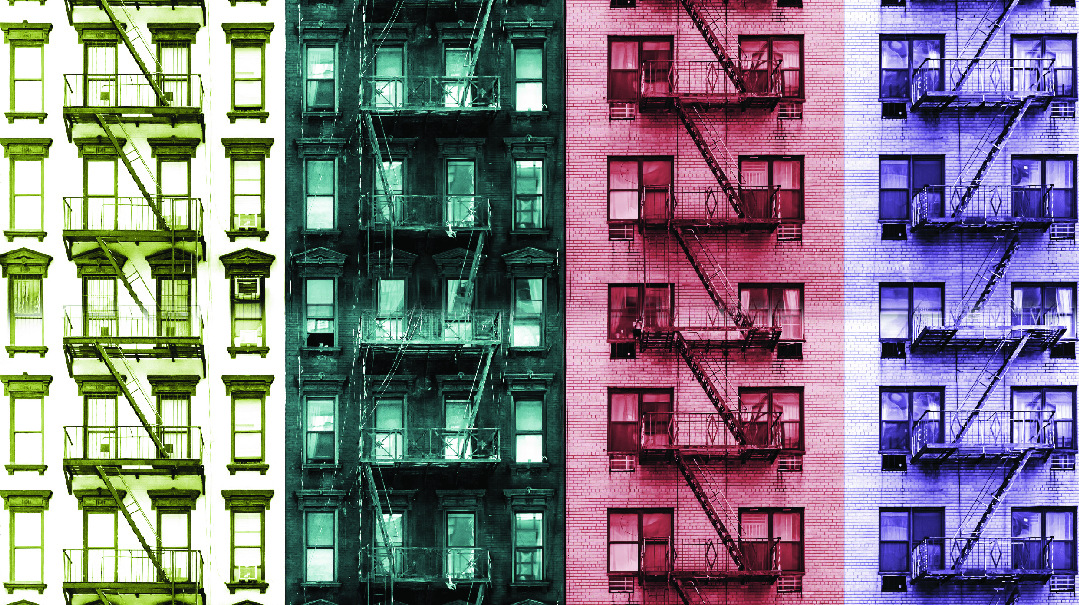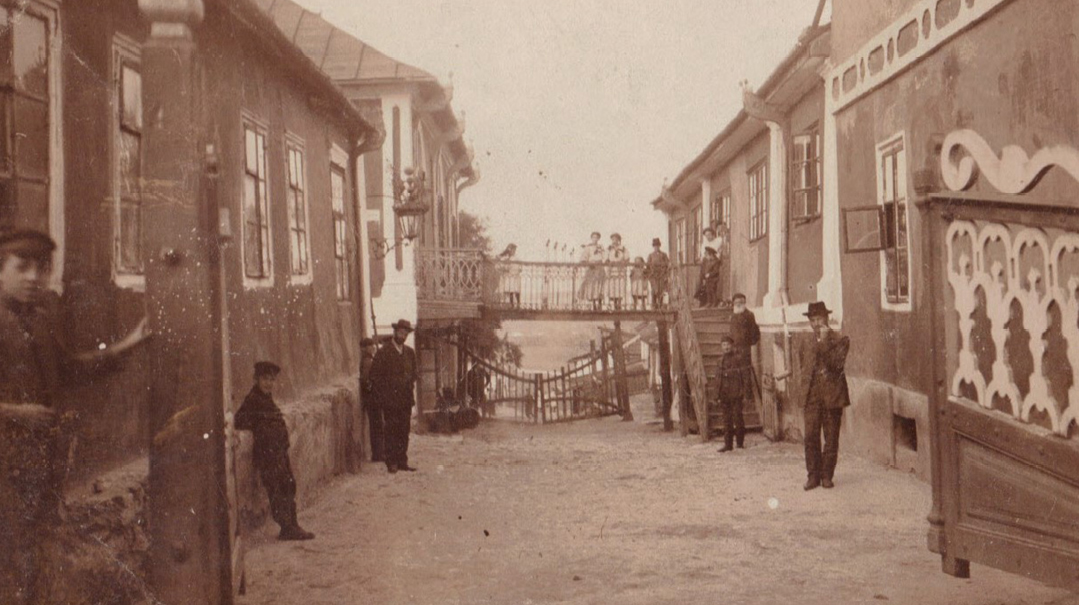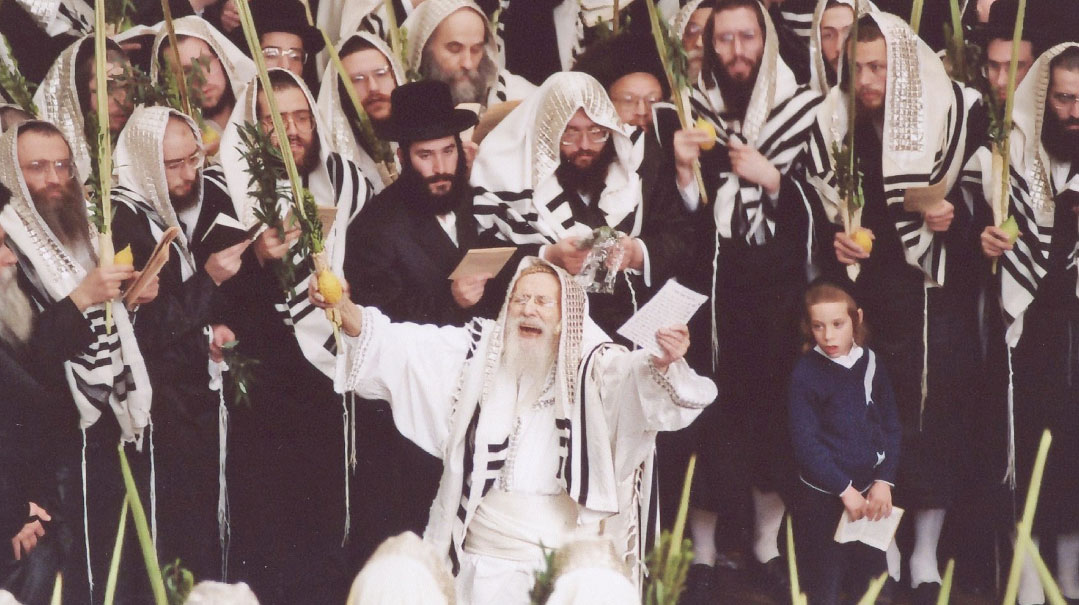Sounding the Shofar in Auschwitz
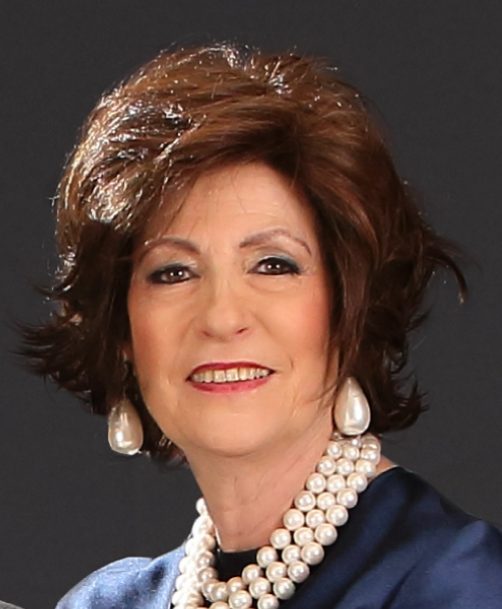
Although Hungary was in an alliance with Germany and Italy, we were as Hungarian as our non-Jewish neighbors. Hungary would take good care of us
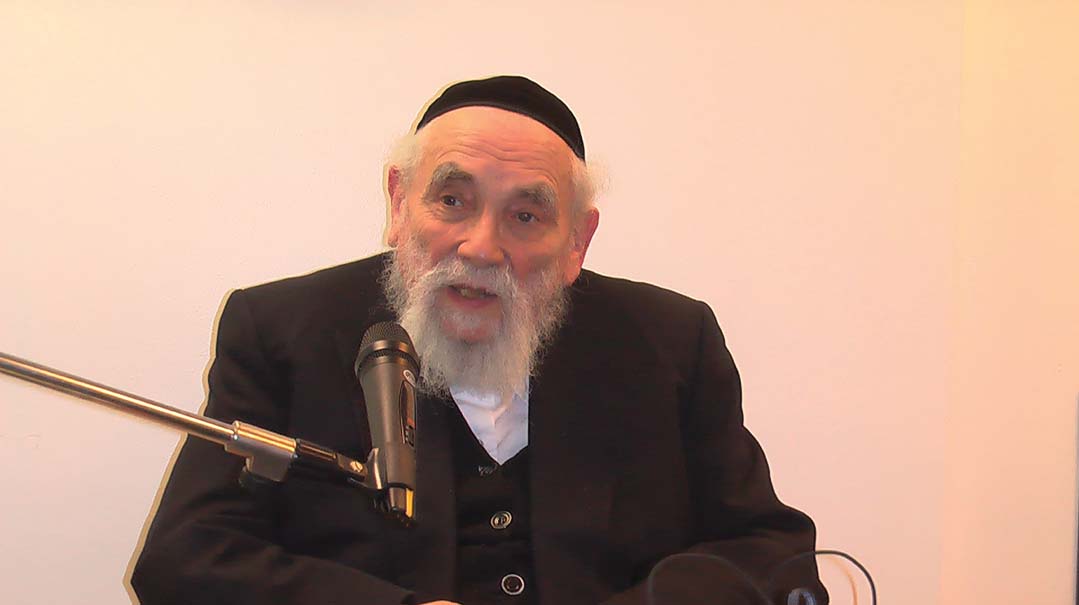
As told to Toby Orlander Thaler by Mr. Yosef Herczl
Iwas a scrawny, undersized, 12-year-old Hungarian Jew in 1939, when war came to Europe. Father was emphatic that it wasn’t a war against Hungarian Jews — perhaps against Polish, German, Lithuanian, and Czechoslovakian Jews, but not Hungarian Jews. Although Hungary was in an alliance with Germany and Italy, we were as Hungarian as our non-Jewish neighbors. Hungary would take good care of us.
By 1941 Hungary had become home to many Polish refugees. We listened with politeness and fascination to their stories of Nazi atrocities against Polish Jewry stories of ghettos and mass murder yet thought they were spinning gizmos — gross exaggerations. When we heard that the Hungarian government had expelled more than 20 000 of those Polish refugees to Kamenets-Podolski where they were massacred by the Nazi Einsatzgruppen we were sad. But we still thought we Hungarian Jews were safe.
Soon afterwards all men of military age were taken into forced labor battalions (“Munka Tabor”) and sent to the Ukraine. By the end of the war 27,000 of these men had been killed many of them by their Hungarian overseers. Yet even this forced conscription didn’t set off warning bells.
After the liquidation of the Bochnia Ghetto in 1943 handfuls of Polish Jews escaped to Hungary among them the Hochberg brothers. They told of how the Nazis were slaughtering Jews how women and children were being put into the ovens. Ovens? What did that mean? It was totally incomprehensible. Besides Polish Jews were a different “species.” We were Hungarians. The Hungarians would keep us safe.
The SS arrived in Hungary on March 14 1944. With the blessings of the new pro-German Hungarian government Jews were herded into holding pens to be shipped off to “work camps.” The new Hungarian government paid the Nazis per head to get rid of their unwanted Jews just as they paid to ship livestock to slaughter — and the Jews were put in the same filthy cattle cars.
Hungarian Jews were in shock. My neighbors — people who had worked and lived peacefully with us side by side people we had employed and helped — now showed their jealousy and hatred. Father was accused of signaling English airplanes with a flashlight from our rooftop. Pure fabrication but he was incarcerated. He was released however by the mayor who vouched for him on condition that he return to prison after spending Pesach with his family. Friends begged Father to run away but how could he? He had given his word to the mayor and return he must. We heard he was interned in Pest and later taken to Auschwitz fate unknown.
My family was captured in June 1944. I was locked in an overcrowded cattle car with my mother my two sisters and younger brother Hy”d without food or water along with 3 300 other people. Through cracks in the paneling we paid close attention to our route. Someone had said we’d be safe if they were taking us to Germany. I saw desperation in Mother’s eyes when she realized the train was headed to Poland.
Poland meant hell. Death.
On the fourth day our train pulled into Birkenau. We were kept in the hot smelly car for hours. From the makeshift window I was able to see “workers” in striped pajamas. Finally the doors opened. The kapos shouted to leave all our belongings.
A Jewish kapo asked a young boy standing next to me how old he was.
The boy replied “I’m 15.”
“You are 18!”
“No no I’m 15.”
He landed a fist to his head. “You are 18. Remember!”
The same kapo took a baby from its mother’s arms and gave it to an old woman. He whispered in Yiddish for the young mothers to give their children to old people. When I asked questions all I got were curses and comments in Yiddish: “These stupid Hungarians! They were too stupid to flee when they had the chance.”
Men and women were forcibly separated and then separated again by age. Remembering the kapo’s words to the young 15-year-old, I miraculously turned 18 that day and went with the older and more able-bodied group. I saw my sister being sent with the older girls and shouting that she wanted to remain with Mother. The infamous Mengele granted her wish, and she joined the old women and mothers with babies who were being marched away. When Mengele turned his attention to me, I asked when I would be seeing my mother. “There are visiting hours every Sunday,” he replied.
We were marched to showers and forced to strip and wash. Then we were given our striped suits. A German guard saw me searching my clothing for my documents. He struck me and said I wouldn’t be needing papers where I was going.
We were assigned “beds.” I asked one of the “residents” if he knew where they had taken my mother. He shrugged and turned away. I went from person to person until someone took pity on me.
“When did you arrive?” he asked.
I said that we had come that morning.
He took me to the window and pointed to four chimneys belching fire and ash. “You see those chimneys? That’s Gehinnom. Your mother is there.”
He didn’t intend to be mean. He was just showing me reality. He cautioned that if I wanted to stay alive, I’d have to volunteer for work and “contribute to the German cause.” Of the 3,300 people on our transport, I know of only two other boys who survived.
The trains kept arriving. There was a rumor that we were being considered for an exchange with German prisoners of war. One day, I saw a man with a beard and robes being escorted into the high command post. I asked one of the guards who this was and he said, “That’s the Mufti from Jerusalem.”
We later heard the Mufti was planning to set up a crematorium near Shechem and he had come to learn how to exterminate the Palestinian Jews. He also convinced the Nazis not to make the exchange with the British for Jews. All of this is now considered hearsay, but I know what I saw with my own eyes. Of course, the exchange of Jews for German POWs never happened.
By Erev Rosh Hashanah 1944, there were more than 6,000 boys in the camp. The Nazis considered them superfluous to the German war machine, and they decided to send 1,400 boys to the ovens. The boys were randomly selected and locked in a barrack while waiting for extermination. I was lucky. A kapo warned me and two friends to stay away while the boys were being caught for the ovens.
Rav Tzvi Hirsch Meisels, the Veitzener Dayan, was brought to our camp a few weeks before this happened, along with his 15-year-old son. Somehow, Rav Meisels had a shofar. How can I describe the emotions as we gathered to say our Rosh Hashanah tefillos and hear the tekios? Rav Meisels began with words of chizuk, encouragement. Although I can’t recount the entire derashah, I remember him saying “Bakeseh l’yom chageinu — everything is covered and hidden. What will happen, only the Eibeshter knows.”
The condemned boys heard about Rav Meisels’s tekios and begged him to blow shofar in their barracks too. It was terrible to watch the Dayan’s son beg his father not to go. He feared his father would be caught and killed. “Please, Father, you are all I have,” he pleaded. “The Ribbono shel Olam doesn’t ask this of you.”
Rav Meisels said it wasn’t required to risk one’s life, but he knew that in a place like Auschwitz his life would probably soon come to an end anyway, and this mitzvah was paramount to any other consideration. After being smuggled into the barracks by a kind kapo, Rav Meisels blew all 100 tekios for the boys. One of the boys shouted that Rav Meisels should be blessed with long years, to which all the boys answered, amid many tears, “Amen.”
All the condemned boys perished the next day. B’chasdei Hashem, both the Dayan and his son survived the war.
On the afternoon of Rosh Hashanah, the Nazis announced they needed 300 volunteers for work. I asked the Rav, who told us to go; like Yosef, we had to do everything to get out of prison. There was a selection, and we had to strip. Those who were visibly malnourished and ill were sent to the left, while those still capable of work were sent to the right.
When it was my turn, Mengele stared at me with distaste. I had eczema and he shouted, “Du kratzige Hund — you diseased dog! Off with you to Block 20!”
The boys selected for death were sent to the gas chambers. The “lucky ones,” those sent to work, never returned. What I had thought was disastrous — being sent to Block 20, the infirmary — saved my life.
On Erev Yom Kippur, the SS devised a new “game.” Two thousand of the remaining youth had to pass under a tall sport frame. If your head didn’t reach the bar, you were sent to the crematorium. Since I was small for my age, I joined the condemned. An SS officer pulled me out of the line, saying, “You speak perfect German.” I was spared again. Another miracle.
By Simchas Torah, we knew Germany was on the defensive — the Soviet Army was advancing — and the Nazis were desperate. I was one of 60 inmates peeling potatoes in the kitchen, all the while our numbers were dwindling. Three hundred more boys had been selected to die when an SS officer arrived. The officer stopped the last 52 boys from being herded into the ovens. He told them to get dressed and take any better clothes they could find from their departed comrades. Then he took them to a field, where he made them do push-ups to prove they were still able to work. These 52 boys were saved, baruch Hashem. We later overheard the guards saying there was a power struggle between that officer and Mengele, and the officer had wanted to prove a point.
By December 1, 1944, there were just 200 boys left. We were moved from Birkenau to Katzet Auschwitz, the official work camp, where I was branded with my number: B-14523.
Was I in heaven, with the orchestra playing and more food? Although conditions were better — we were building wooden crates for munitions and the covered hangar was heated to protect their precious wood — we were very weak, and we knew that any slacking off would land us in the ovens.
On January 18, we were marched out of Auschwitz, destination unknown. Whoever couldn’t keep up was told, “Sit by the side of the road and an ambulance will collect you.” It didn’t take a genius to figure out the truth. Corpses with bullet-ridden heads lined the road.
We were taken to Gross-Rosen, but this camp was being evacuated too, so we were put on trains to Dachau. I was loaded onto an open wagon. The trip took from Tuesday to Friday; it was freezing cold and our only sustenance was snow. I saved a companion who had given up and was about to throw himself over the side. I’m not sure what I said to calm him, but he remained among the living. In the end, I realized I had been granted another miracle in that open cattle car, because many died in the closed carriages of cold and dehydration.
At Dachau the SS officer in charge greeted us by asking, “Haben Sie Lause mit gebracht?” At Birkenau I hadn’t suffered from lice, but in Dachau I met this killer. I succumbed to typhus and was put in Block 11, where I spent Pesach of 1945.
I had only semi-recuperated when we were marched to the Tyrol in Austria. American troops were advancing, so near Kruen they herded us into a gorge alongside the river, where they planned to mow us down with a machine gun. Just as the order to shoot was given, an unknown German woman begged the commanding SS officer for mercy. She said the Americans were just kilometers away and would blame the town for the massacre. The soldiers packed up their weapons and left.
We were free; living dead, but free.
I was 17 years old. After liberation, I stayed in the hospital in Garmisch-Partenkirchen for two months. I registered with the Red Cross and set about enlisting anyone and everyone to help me find my family. I went to Feldafing, hoping to find them. After the Yamim Tovim, I continued the search in Fernwald.
Many of the younger survivors turned their backs on their mesorah. I watched in pain when one such young man was reunited with his father, who cried out, “What has become of you, my son?”
The son answered, “Had I known you were still alive, I would not have strayed.”
That’s what kept me — I shuddered at the thought of reuniting with Father and having to answer for straying from the derech. At the recommendation of the Klausenburger Rebbe, I joined a group of young Belzer chassidim. We traveled to Antwerp waiting for certificates for Eretz Yisrael. I married there and have lived there for the past 70 years.
What kept me alive during that terrible time was knowing that the Ribbono shel Olam was at my side. Today, like most survivors, I know how to appreciate every old and dry crust of bread, how to remember at Krias Shema that I will be sleeping in a real bed on a real mattress, not sharing a wooden plank with three other boys. I marvel at a horizon that doesn’t end with barbed wire and savage dogs; at the laughter and banter of Yiddishe kinderlach, the most beautiful music in the world.
I thank the Eibeshter that I am able to tell the story. My journey has been painful and horrific — it might seem unbelievable to some. But let no one say the shofar in Auschwitz was a myth. I am an eyewitness!
—Yosef Herczl, Antwerp, February 2017
Mr. Yosef Herczl and his wife have been zocheh to see five generations of frum descendants — but despite the passage of years, he will never forget Rosh Hashanah 1944, when he was a teenager in Auschwitz. This story was recorded with the assistance of Mrs. Judith Schachter, who teaches Holocaust studies in Antwerp’s Bais Yaakov schools. Mr. Herczl regularly testifies in Antwerp schools and chadarim.
(Originally Featured in Mishpacha Issue 678)
Oops! We could not locate your form.

